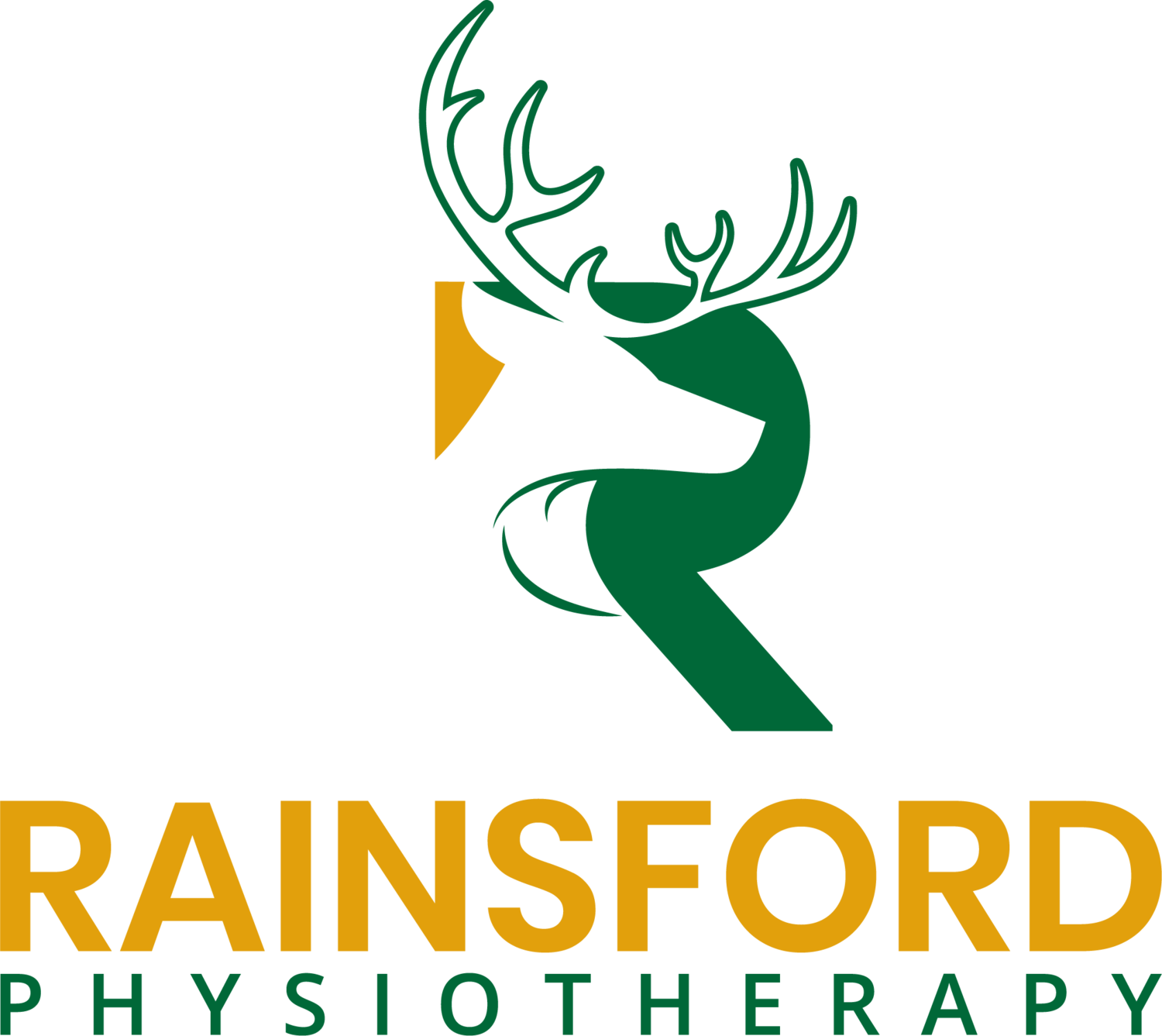Who Are You Rehabbing For?
When injury strikes or a dysfunction starts to impact your daily life the pain or limitation can weigh you down, making the thought of recovery feel like a daunting, uphill battle. However, behind every recovery journey, there’s a powerful reason for pushing forward - a why. Have you thought about yours? Who are you rehabbing for?
It might seem like a simple question, but understanding why you’re going through all the effort to rehabilitate yourself can be the fuel that keeps you going. Whether you’re doing it to reclaim your independence, regain your ability to participate in your favourite activities, or to be there for your loved ones, having a purpose can make all the difference.
Rehabbing for Yourself
Your health is your most valuable asset. Without it, even simple, everyday activities can become very challenging. When you choose to address an injury or dysfunction, you’re choosing to reclaim control over your life and your future.
Take Navpreet, for example. She loved staying active - running, dancing, and playing tennis were part of her weekly routine. When a nagging shoulder issue started to interfere with her lifestyle, eventually leaving her unable to enjoy the activities she once loved, Navpreet delayed starting to address the issue, hoping the pain would go away on its own. When it didn’t, she realized that avoiding treatment wasn’t an option anymore.
Navpreet’s breakthrough came when she realized she was rehabbing for herself. She missed her active life, and the idea of losing her independence motivated her to make an appointment and learn how she could address the issue. By the committing to her treatment plan, Navpreet not only healed her shoulder, but she also rediscovered her love for fitness.
By focusing on your own recovery, you’re investing in your ability to live the life you want. It’s about more than just getting rid of pain - it’s about getting back to the things you love doing, without fear of limitations.
Rehabbing for Your Loved Ones
Sometimes, the strongest motivation comes from those who depend on you. Imagine you’re a parent, a partner, or a caregiver. Your presence and participation in the lives of your loved ones mean the world to them, and physical limitations can strain those connections.
Consider Paul, a father of two young kids. His lower back pain had been steadily worsening, to the point where he couldn’t play with his kids or take them to community events like he used to. His initial thought was to just “tough it out” and hope it got better. But then realized he wasn’t just rehabbing for himself - he was doing it for them.
Paul started Physiotherapy with a sense of purpose. His children looked up to him, and he wanted to set a strong example of perseverance and self-care. As he improved, he not only returned to playing with his kids but reported feeling proud as a role model to his family.
When you choose to address your injury or dysfunction, you’re also choosing to be present and fully engaged with the people who matter most to you. Whether it's your family, your friends, or your community, they benefit from your commitment to healing.
Your Journey, Your Purpose
Physical rehabilitation is rarely a linear process. There will be days when progress feels slow (or null), and you might be tempted to settle for ‘good enough.’ In those moments, remember your “why.” Whether you’re rehabbing to regain your personal independence or to be there for the people who need you, the journey is worth it.
So, who are you rehabbing for? Find your reason, hold onto it, and let it inspire you to push through the challenges. Every repetition, every exercise, every step forward is bringing you closer to a better, healthier version of yourself - whether it’s for your sake, or for the ones you love.
- Thanks for reading and keep looking for more posts in the future on other ‘hot topics’ in the world of Physiotherapy and Physical Rehabilitation!

